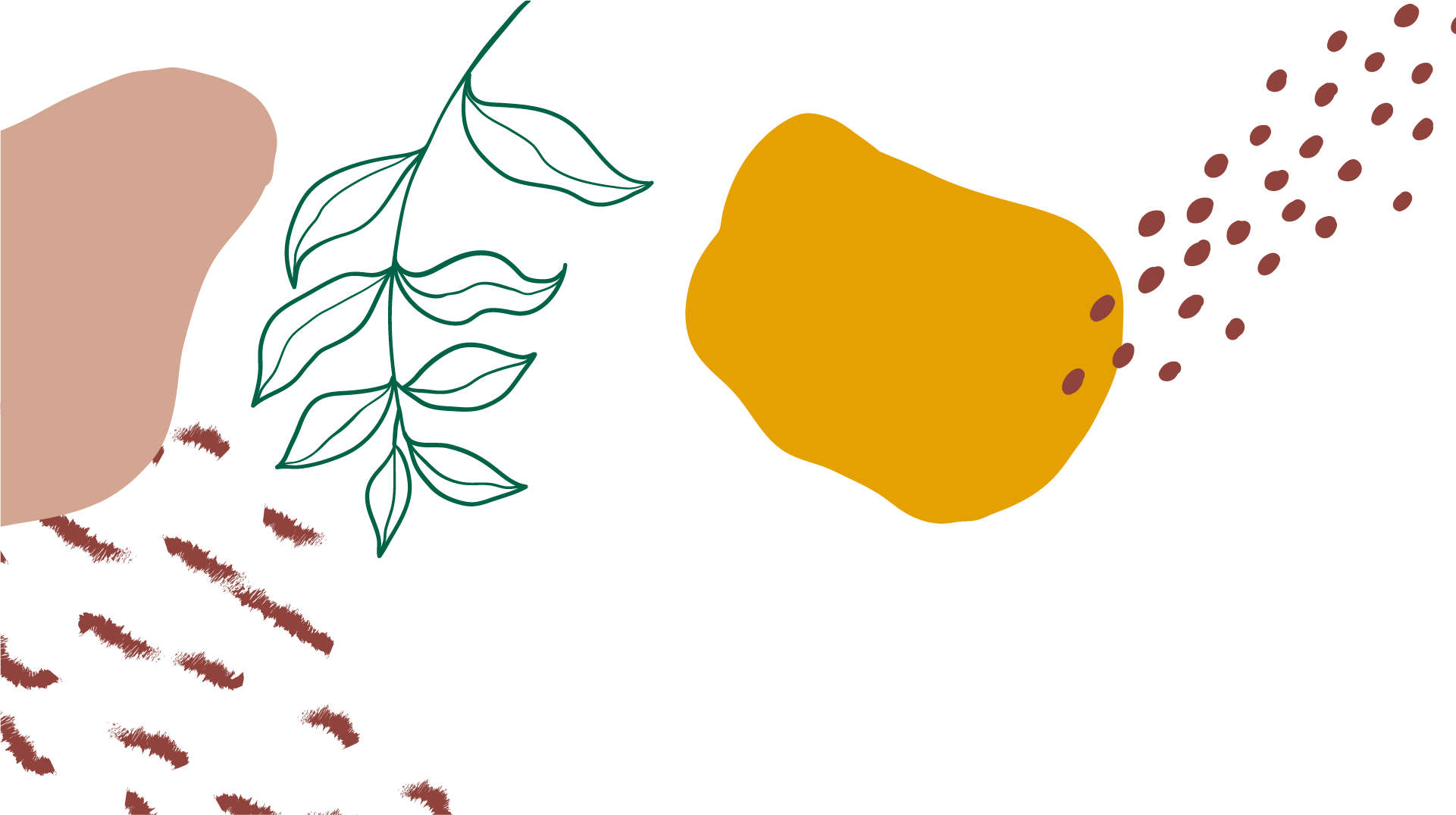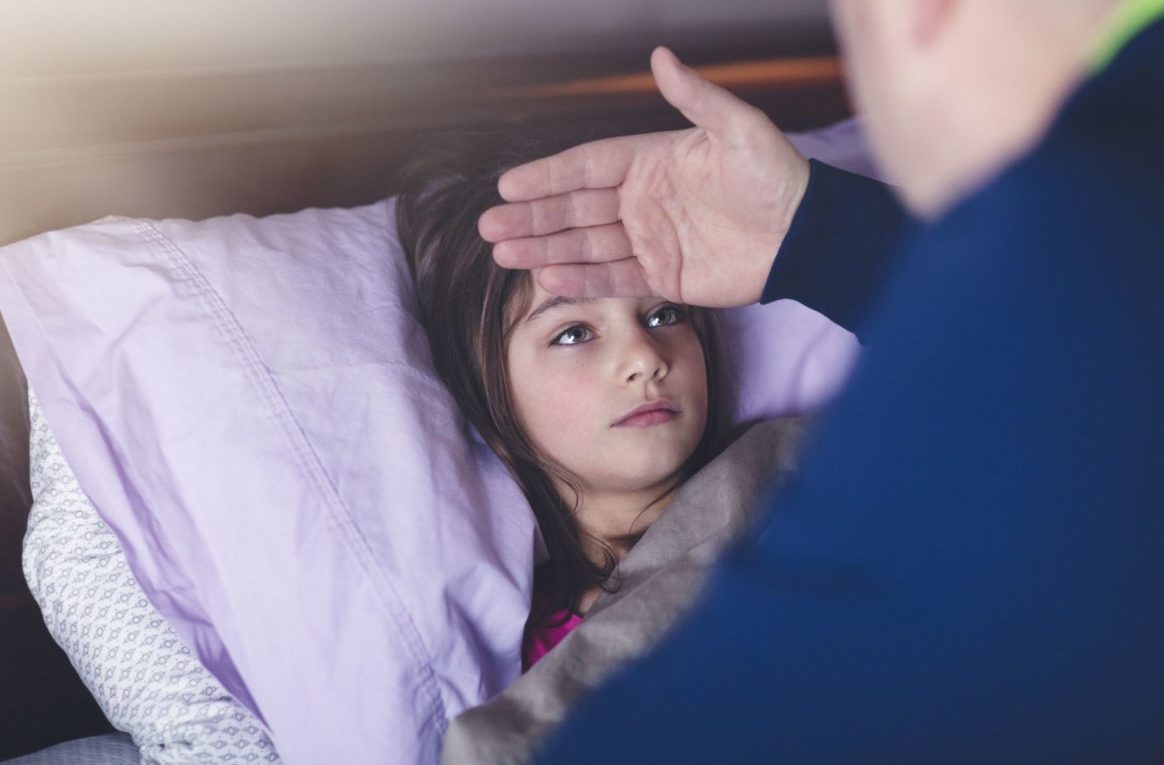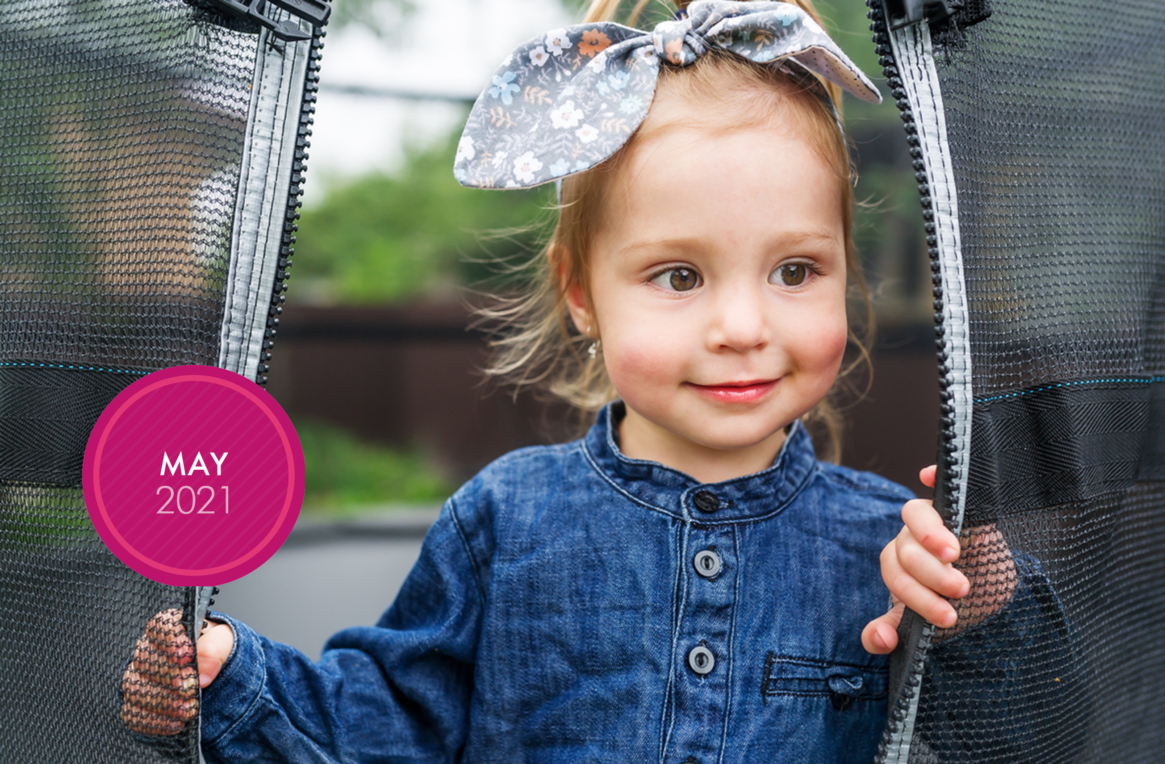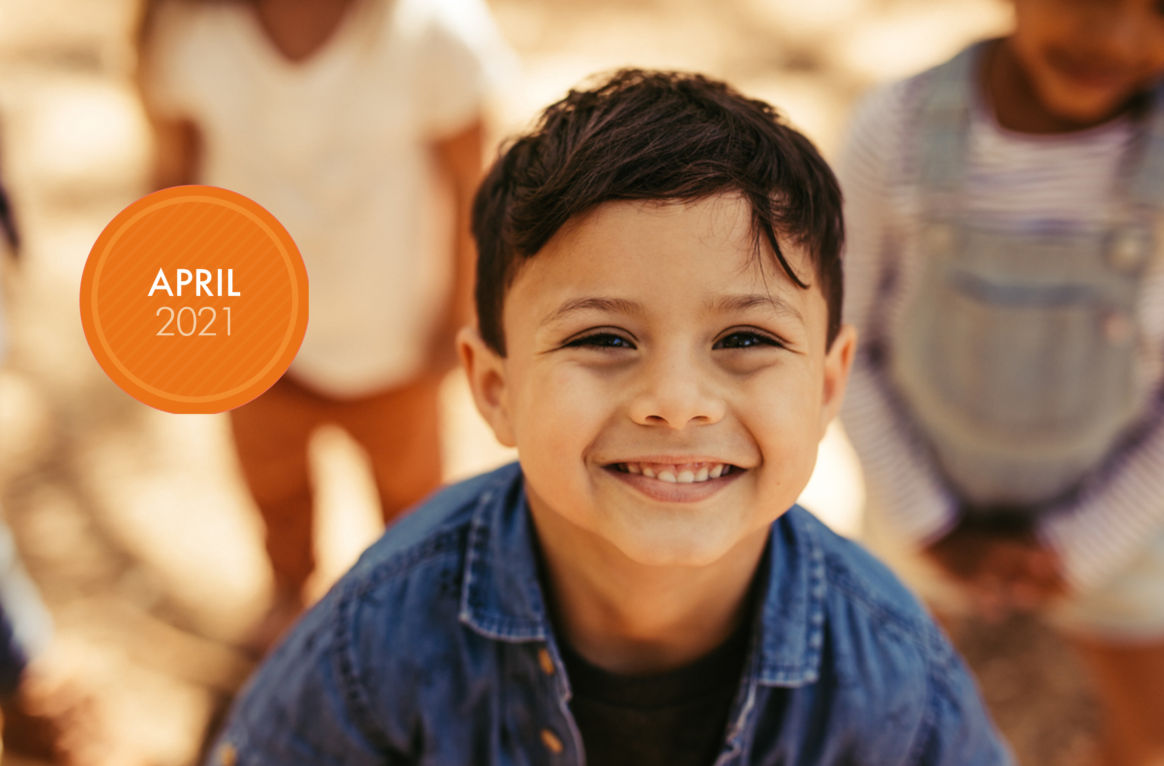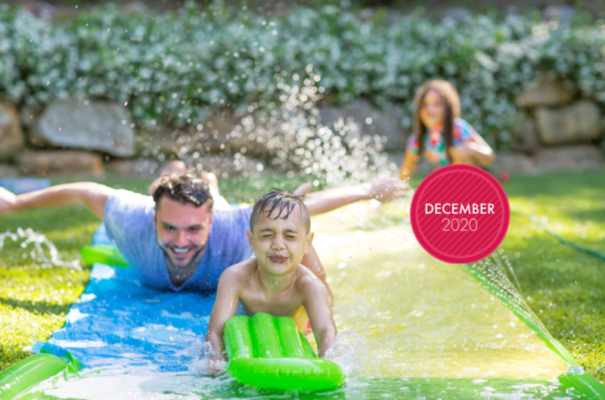
December 2020 Newsletter
Children’s Christmas Party
This year we will be celebrating our children’s Christmas party on Monday 7th December 2020.
Time: 9 for 9:30am (Santa arrives at 9:30am!)
Where: In your child’s room
Bring: Please bring a plate of food for the children to enjoy.
SANTA IS COMING!
Please provide a wrapped book for your child to the value of $10.00 or less. This can be given to our administration team or your educators before the day. Books are to be wrapped and clearly labelled with your child’s name. All books need to be handed to staff by 04 – 12 – 20. We do have a small selection of books left over from book week which are available for sale. Prices range from $2 to $5.
On this month
AT BILLY LIDS KINDY
Children’s Christmas Party ———————————– 7
AROUND THE COUNTRY
International Day of People with a Disability ————- 3
Human Rights Day ———————————————- 10
International Mountain Day ———————————- 11
International Migrant Day ———————————— 18
Christmas Day ————————————————— 25

Community Events
INTERNATIONAL DAY OF PEOPLE WITH A DISABILITY
Aims to increase public awareness, understanding and acceptance of people with disability and celebrate the achievements and contributions of people with disability. The 2020 theme ‘Not all Disabilities are Visible’ also focuses on spreading awareness and
understanding of disabilities that are not immediately apparent. Share your messages of inclusion and diversity through your online and social media channels – #DisableStereotypes.
Find out more about IDPWD here.
human rights day – NOVEMBER 10
Every year, Human Rights Day provides an opportunity for all to renew with the spirit of humanity’s long struggle for rights and dignity and to mobilise against old and new challenges, in the shape of poverty and inequality, violence, exclusion and discrimination. Find our more information here.
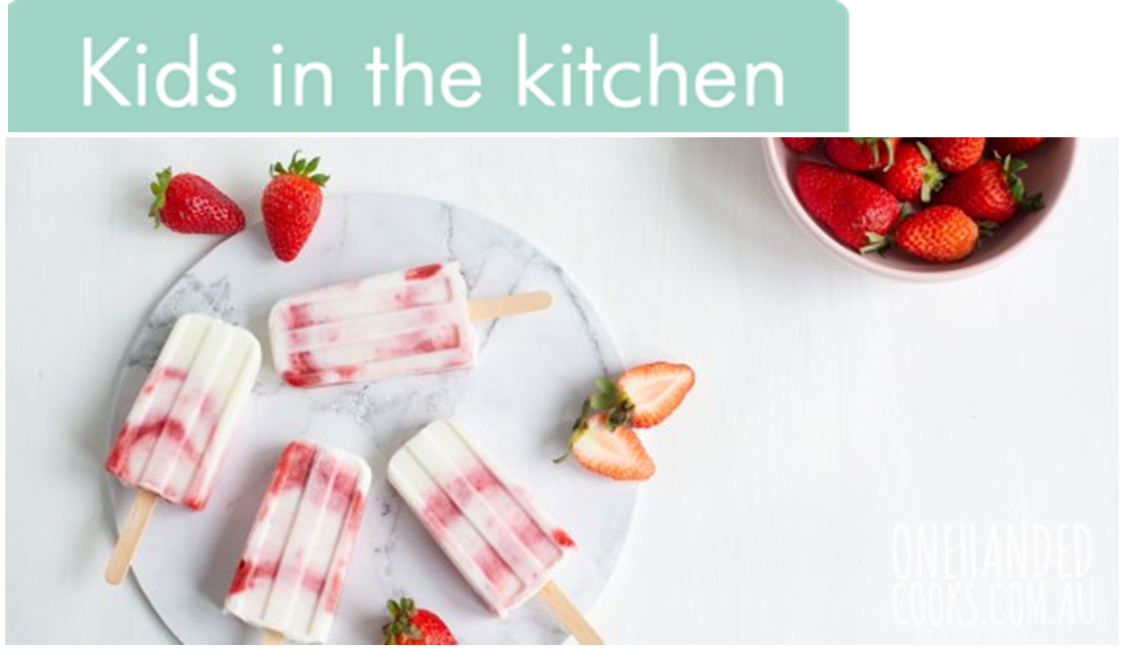
STRAWBERRY SWIRL ICY ‘NORTH’ POLES
PREP 15 min | FREEZE 4 hrs. | SERVES 10
INGREDIENTS
- 1 punnet fresh strawberries
- 2 teaspoons maple syrup
- 2 cups vanilla or Greek yoghurt
- 10 x 80ml icy pole moulds
METHOD:
- Place the strawberries in a blender or food processor with the maple syrup and process until smooth.
- Spoon a small amount of the strawberry puree into the moulds, follow with a small amount of the yoghurt. Continue to layer the strawberry puree and the yoghurt until you have almost filled each of the moulds. –
- Place a skewer into the mould and gently mix to create the swirls, alternatively you can leave as layers. –
- Place the sticks, using food grade paddle pop sticks if your moulds don’t contain sticks, gently into the centre of each of the icy poles then place into the freezer for 4 hours, or until completely frozen. –
Storage: keep the icy poles in the freezer for up to 3 months. When you are ready to enjoy the them gently run the ice pole moulds under warm water until you can gently release the icy pole.
Recipe and Image from One Handed Cooks – Find 11 other Christmas recipes via the link here onehandedcooks.com.au/recipe/strawberry-swirl-icy-north-poles/
Book Reviews
The second half of 2020 has produced some special books written by some of Australia’s best authors, here are a few we like!
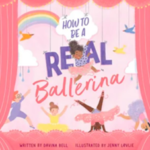
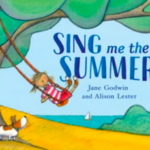
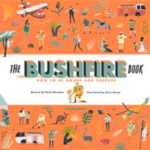
THE BUSHFIRE BOOK
Polly Marsden, Chris Nixon | Start a conversation
An accessible and reassuring picture book that teaches children what they need to know about bushfires so they can understand what’s happening and be smart and prepared, not scared. This book will help you understand what causes bushfires, introduce you to all the clever people who are keeping an eye on them, and teach you how to be prepared and not scared.
SING ME THE SUMMER
Jane Godwin, Alison Lester | AGE 3-7
The seasons have also always been a comforting, reassuring aspect of life. When so much is changing and uncertain, the return of each season – the buds in springtime, the wattle at the end of winter, the different sporting codes starting up again, the changing colour of the beautiful autumn leaves, even the position of the sun at dawn at dusk – reassures us all that there are some things in life that we can rely on, that are steady and predictable.
HOW TO BE A REAL BALLERINA
Davina Bell, Jenny Løvlie | AGE 3-6
There is a lot to learn about being a ballerina. It is hard work and can seem silly at times. But when you walk out on the stage, it’s like magic and fireworks and Christmas-tree lights in your tummy.
Many pre-schoolers go through a ballerina phase and Davina Bell and Jenny Løvlie’s latest picture book shows a little girl doing the utmost to be a real ballerina—but not quite knowing how to go about it.
FOCUS: Summer Staycation
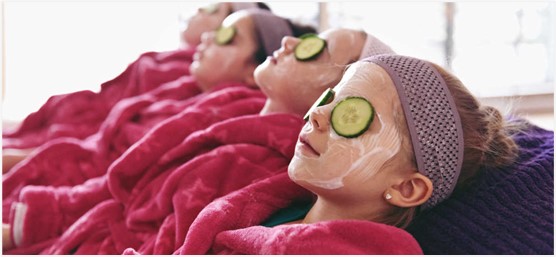
Have your usual summer holiday plans changed? Wondering what to do over the break? Perhaps 2020 is the year of the Staycation?
Did you know: Most people who decide to staycation are happy they did. Think about it this way: When is everyone home without somewhere obligatory to rush off to? Almost never! Staycations let families enjoy time off without packing suitcases. They usually involve day trips to local places, attending events, or even just doing some fun and creative activities right at home. This summer, make an effort to try some new things together as a family. Pretend to be a tourist in your home state. Or even just unplug and enjoy one another’s company for a couple of days.
+ Have a beach day – Families fortunate enough to live near an ocean or lake can make the most out of it and have a few beach days! If not, there are also local pools. So, grab some snacks, water and make a day out of it.
+ Go on a Bike Ride – Take the whole family on a bike ride, either through the neighbourhood or a park or on a trail. Bike riding is not only good exercise, but it’s also a fun activity to do together.
+ Hold a Movie Night – Make some popcorn and pick out a good family movie. Movie nights are perfect for a relaxing night in the house and cuddling up on the couch is comfier than sitting in the theatre.
+ Put On a ‘Live Show’ The kids will absolutely adore this challenge. Have each family member work on a talent and host a family talent show. Parents can surprise kids with their secret abilities (anyone know that mom could peel a whole apple in one long curl?) and encourage the kids to try something new, like a magic trick!
+ Take a Hike – A fun way to get outdoors during a staycation is to go for a hike. Look up a trail close to home, put on some sneakers or hiking boots (and bug spray!), and explore the woods together!
+ Camp in the Backyard – Camping doesn’t have to be done far from home. In fact, it can be done at home! Pitch a tent in the backyard and sleep under the stars. The kids will love it.
+ Visit a Local Landmark – Sometimes cool landmarks and sights are right in our own city, but we don’t take the time to go see them. After all, we’re locals! A fun family activity can be exploring a nearby historical building, learning about a cool bridge, or checking out a nearby monument. There’s nothing wrong with being tourists in our own towns.
+ Have a Sports Tournament – If the family is into basketball, football, soccer, or pretty much any sport, then get outside and have a tournament! Boys vs. girls? Parents vs. kids?
+ Go Fruit Picking – If there is a local farm or orchard to go fruit picking nearby — berries in the summer, depending on the region — then get out there and collect some fresh fruit. It can also be fun to try new recipes (pies! cobblers!) as a family with the fruits that get collected.
+ Have a Home Spa Day – Looking for some relaxation at home during a staycation? Make it a spa day! Do some face masks complete with sliced cucumbers for the eyes, give each other mani-pedis, and just lounge around.
+Have a Scavenger Hunt – Make the kids a scavenger hunt that takes them searching for items around the house, yard, and/or neighbourhood! They’ll have a blast following clues and searching for things, and it’s bound to keep them busy for a while.
+ Attend a Local Festival – During the summer, many areas have different cultural festivals, food festivals, and state fairs that take place. Make it a family affair and go taste, play, and ride together! As long as it is outdoors, it should be a safe and good time for all.
Boyd, Kayla. (2020). 40 Fun Staycation Ideas for Families. Retrieved from https://cafemom.com/lifestyle/212164-staycation-ideas-for-families-kids
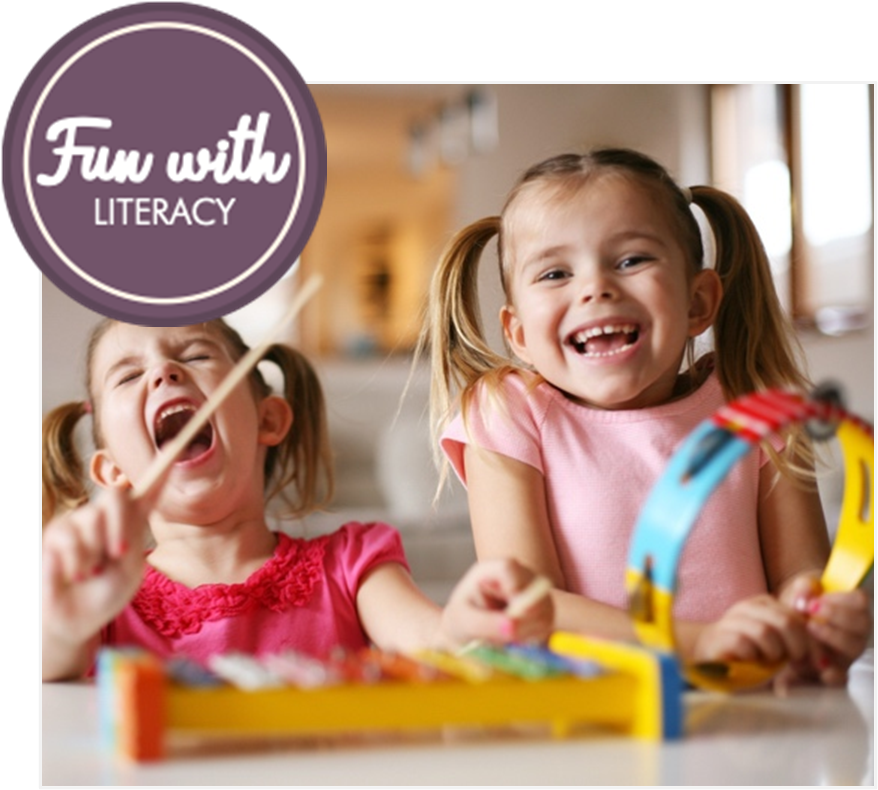
Nursery Rhymes
Nursery rhymes offer oral support to children and aid in their development of hearing awareness. They are part of children’s pre-literacy skills, being an important pillar in their cognitive development. Their value to children’s language and learning foundation cannot be underestimated.
Learning nursery rhymes helps children develop: phonemic awareness, memory and articulation, it helps children’s understanding of concepts: painting pictures in children’s heads, social routines, and Listening skills.
The activity it simple: Revisit your old favourite nursery rhymes, learn new ones! Use them to transition between activities or read nursery rhyme books at bedtime.
Find out more about nursery rhyme literacy benefits here
HEALTH & SAFETY: Heat Exhaustion & Heat Stroke
Babies and children need to be watched carefully during hot weather carefully because they are at a higher risk of becoming unwell than adults.
Things to remember
+ Babies and children overheat and dehydrate quickly in hot weather
+ Breastfeed or bottle-feed your baby more often in hot weather
+ Offer older babies and children extra drinks in hot weather, the best drink is water
+ Dress babies and children in cool clothing and protect them from the sun with hats and sunscreen
+ Never leave children in the car, not even for a moment
How does hot weather affect my baby or child? Hot weather can affect your baby or child because their bodies cannot adjust to changes in temperature as well as adults. Babies and children sweat less, reducing their bodies’ ability to cool down, and they generate more heat during exercise than adults. They are at risk of overheating and developing a heat-related illness. Heat can also make existing illnesses worse.
Keep your baby and child healthy in hot weather Follow these tips to keep your baby and child healthy in hot weather. If your child is sick (fever, vomiting or diarrhoea, or even a mild cold), they need extra attention to ensure they remain well hydrated and don’t overheat. See your doctor if your child is unwell.
Drinking enough fluids: Offer drinks or breastfeeds frequently. A good indicator that a baby is getting enough fluids is if it has six to eight pale wet nappies in a 24-hour period. Offer young children water as their main drink throughout the day. Fruit juice, fruit-based drinks and fizzy drinks are not recommended. Older children often forget to drink because they are busy playing. Encourage your older child to drink regularly.
Keep Cool: Dress in cool clothes. Ensure sleeping environments are cool and there is good fresh air circulation. When out and about try and spend the hottest part of the day inside. If you go out in the sun stay in the shade when possible, where a wide brim hat and loose clothing. Use small amounts of 30+ Sunscreen on skin which cannot be covered. On hot days, take breaks out of the heat and drink plenty of fluids.
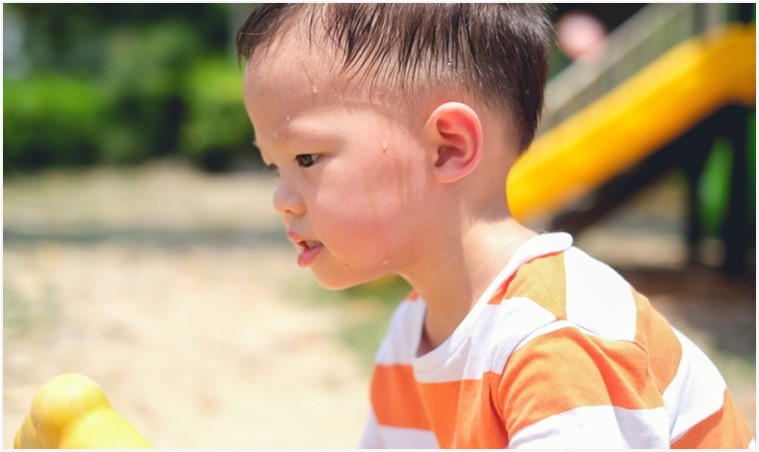
Cars: Never leave babies, children or pets alone in a car, not even for a moment. Babies and children can overheat very quickly in cars. The temperature inside a parked car can be 30-40°C hotter than outside the car. Most of the temperature increase occurs within five minutes of closing the car and having the windows down 5 cm causes only a very slight decrease in temperature.
Signs and symptoms of heat-related illness and what to do for your baby or child:
Heat exhaustion: Signs and symptoms – Looking unwell and more irritable than usual, Pale and clammy skin, Sleepy and floppy, Fewer wet nappies than usual, Dark urine (normal is light straw colour), Refusing to drink (babies may feel uncomfortable to have skin contact when breastfeeding – try a towel on skin), Intense thirst (but as the baby gets weaker, he/she may drink less), Dry skin, mouth and eyes (no tears when crying), Soft spot on baby’s head (fontanelle) may be lower than usual.
Heat stroke: Signs and symptoms – (All the signs of heat exhaustion as above plus): Rising body temperature, Red, hot and dry skin, Rapid breathing, Vomiting, Confusion, Coma (not responding when touched or called)
Read this article in full and find out how to respond to your child’s symptoms here: www.health.nsw.gov.au/environment/beattheheat/Pages/babies-children-hot-weather.aspx
WASTE FREE GIFT-WRAPPING TIPS
Most wrapping paper isn’t recyclable and during the festive season, Australians use 150,000km of it… here’s how you can keep it waste-free under your tree.
Let’s start with how you secure your wrapping because sticky tape isn’t reusable. Try ribbon, twine or a peg.
To the right are a few options you can easily try at home. Firstly, wrapping in newspaper and twine is surprisingly sophisticated. Fabric wraps and tea-towels create beautiful reusable wrapping. Why not simply use some of the totes/reusable bags you almost certainly have lying around at home. And finally, one of my favourites, bits and pieces you have at home or better yet children’s artwork they’re happing to part with or give to family and friends.
Source: ecocult.com/15-eco-friendly-gift-wrap-ideas-that-look-chic-not-cheap/ + enjo.com.au/blog/11-waste-free-gift-wrapping-tips
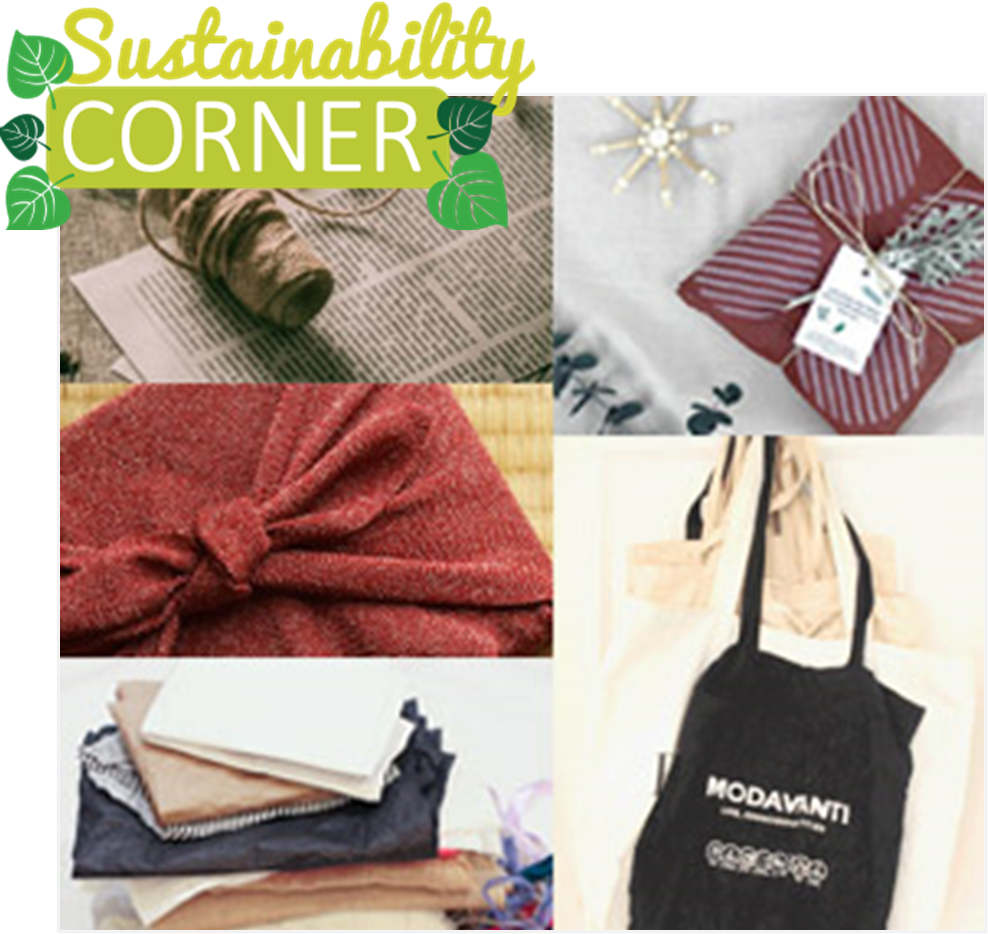
5 WAYS TO PRACTICE GRATITUDE WITH YOUR KIDS
This time of year, we’re frequently reminded to give thanks for the good things in our lives. But when decorations come down and school starts back up, the prompts to practice gratitude fade away. So how can parents encourage kids to recognize goodness year-round?
This article is written by Maryam Abdullah, Ph.D. She is the Parenting Program Director of the Greater Good Science Centre. She is a developmental psychologist with expertise in parent-child relationships and children’s development of prosocial behaviours.
1. DISCOVER WHAT GRATITUDE MEANS TO YOU
Gratitude can be a difficult concept for adults to grasp — let alone little ones. Maryam says gratitude is really about recognising goodness outside of ourselves. Goodness can be big things, like happiness, love, family, and health. It can also be small things, like hugs, green lights, and ice cream. It’s up to you to decide the goodness you want to recognise. Once you understand how gratitude aligns with your own values, you can start talking about it with your kids.
2. SHARE HOW GOODNESS MAKES YOU FEEL
Practicing gratitude doesn’t always have to be a formal act of recognition. It can be as simple or easy as thanking your child for a hug or kiss.
3. ASK YOUR KIDS ABOUT THEIR GRATITUDE
Kids aren’t always great at describing their feelings. Maryam recommends sparking conversations based on four parts that make up the gratitude experience. What we NOTICE in our lives for which we can be grateful. How we THINK about why we have been given those things. How we FEEL about the things we have been given. What we DO to express appreciation in turn. Asking Notice-Think-Feel-Do questions is a simple way to scaffold your child’s understanding or perception of something that’s good in their life.
4. ENCOURAGE YOUR KIDS TO DOCUMENT THEIR GRATITUDE
Try a Gratitude Journal: Recognising goodness in writing can be a ritual in the morning when they wake up or in the evening as a reflection about how the day went. Photo Essays: If writing isn’t the right activity for your child, they could take pictures of things that they’re grateful for and build up a library of photos of the good things and gifts in their lives.
5. PRACTICE TURNING GRATITUDE INTO A HABIT
Each time you demonstrate and talk about gratitude with your kids, you’re helping them build valuable skills for their emotional toolbox.
Bradley, Cailyn. (2020). 5 Ways to Practice Gratitude with Your Kids. Retrieved from www.kiwico.com/blog/2020/11/19/5-ways-to-practice-gratitude-with-your-kids/

Hide and Sweat!
The adults in the family write down 20 physical activities on separate small pieces of paper. These are then put in coloured envelopes or small containers and hid around the house. Kids are then tasked to find the hidden items. When found, they are opened, and the entire family performs the activity for the reps or amount of time given.
Putting a time limit on finding all of the items and doing all of the exercises makes it more interesting!

